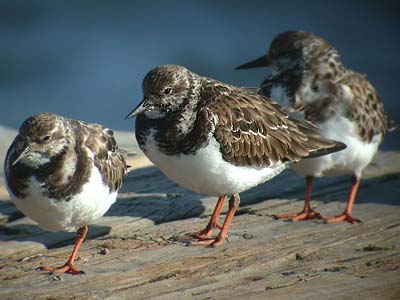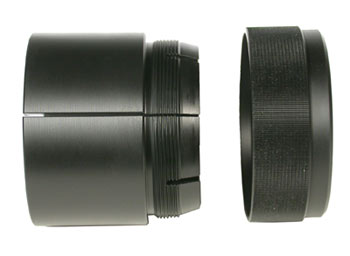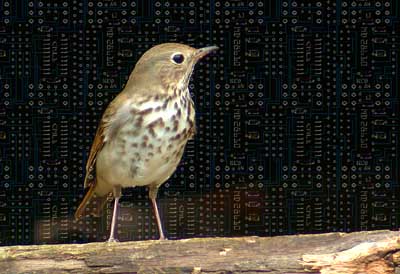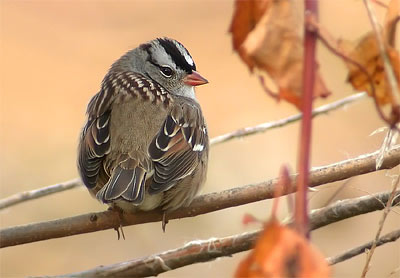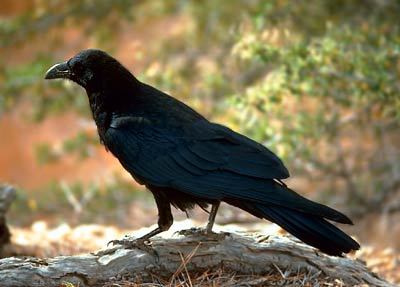 Spotted Owl
Spotted Owl
"SEATTLE — The federal government has given a California group permission to kill one species of owl in an attempt to save the
Northern Spotted Owl from extinction, but the process has left some people in the timber industry shaking their heads. The government recently gave the
California Academy of Sciences permission to
kill 20 Barred Owls in an effort to learn why they are thriving in the same forests where Spotted Owls continue to decline. "
[snip!]"But to many who lost their logging jobs during the timber wars of the 1980s and 1990s, seeing the Spotted Owl lose out to another owl species bolsters their argument that
the timber industry was not the "owl killer" it was portrayed as being. "There's a great deal of bitterness and resentment and it's time to get that industry back on its feet to take those restrictions off and go do a responsible job of creating homes with the timber that's standing there," said Arnold. "
Link:
Full Story from Fox News Barred Owl © Photos.comFrom Natural History March 1999 (Sharon Levy):
Barred Owl © Photos.comFrom Natural History March 1999 (Sharon Levy):"The barred owl is a
generalist, so it'll eat almost anything," says Tom Hamer, a consulting biologist who has studied the interaction of the two owls in the northern Cascade Range of Washington State. "It will eat flying squirrels and snowshoe hares, which the spotted owl also eats. But the barred owl will also hunt trout and amphibians in small streams and eat anything else that crosses its path, including grouse." Because the barred owl is such an adaptable hunter, it can live off a home range of only about 1,600 acres in the northern Cascades. But spotted owls of this region are
specialists, taking mostly arboreal mammals like flying squirrels and red tree voles. To find enough food to survive, spotted owls need large areas of the older forests that support their prey. In the redwood region (from the Oregon border south to San Francisco Bay), spotted owl home ranges are generally small, because wood rats provide an abundant food source, but in the Cascades, ranges can span 30,900 acres.
"Let's start indoors. Let's start by imagining a fine Persian carpet and a hunting knife. The carpet is twelve feet by eighteen, say. That gives us 216 square feet of continuous woven material. Is the knife razor sharp? If not, we hone it. We set about cutting the carpet into thirty-six equal pieces, total them up--and find that, lo, there's still nearly 216 square feet of recognizably carpet like stuff. But what does it amount to? Have we got thirty-six nice Persian throw rugs? No. All we're left with is three dozen ragged fragments, each one worthless and commencing to come apart." -- David Quammen (The Song of the Dodo)
Spotted Owl image courtesy of US Fish & Wildlife Service





















